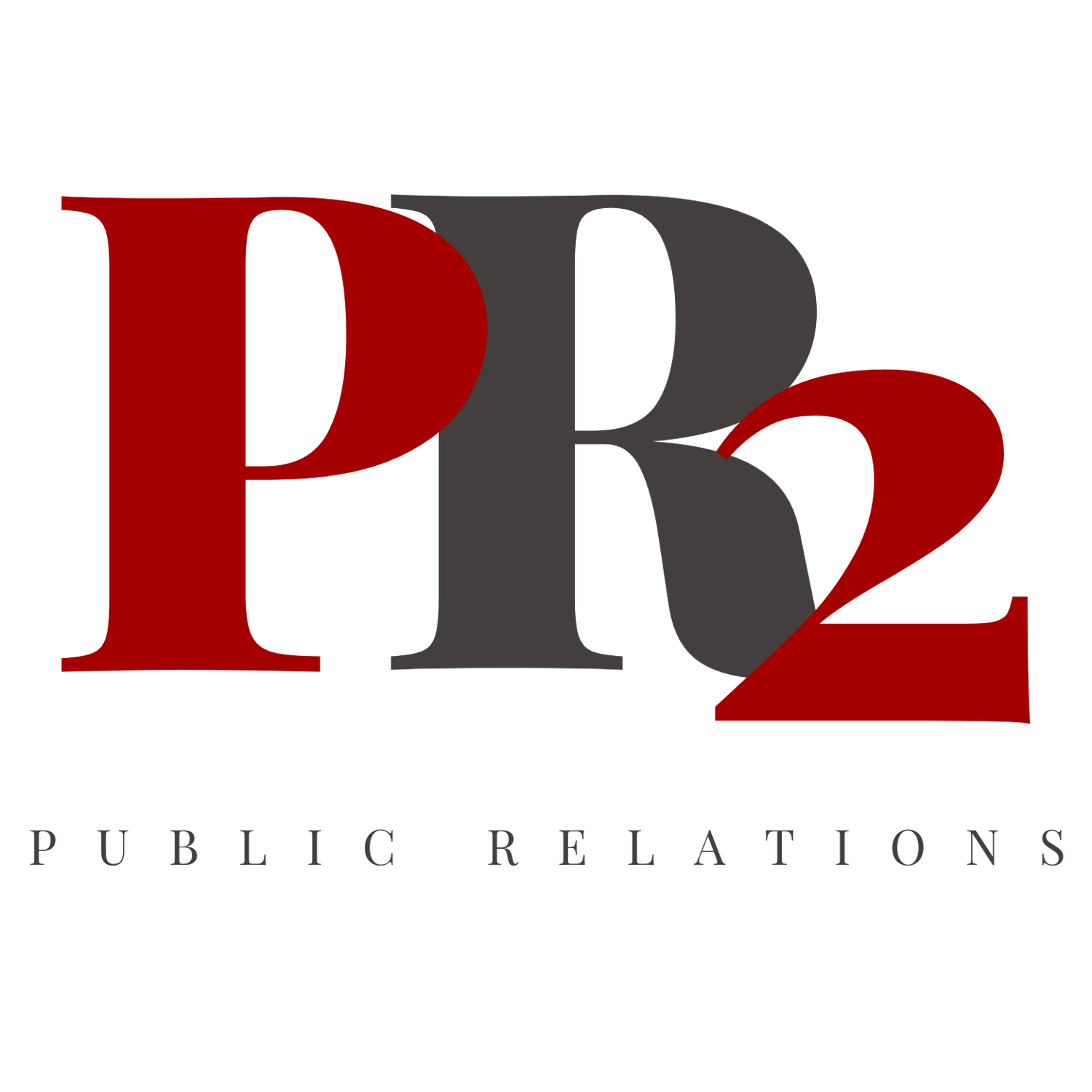Mastering the Art of Press Release Writing: A PR Expert's Comprehensive Guide
In the fast-paced world of public relations, the press release remains a cornerstone of effective communication, allowing organizations to disseminate key information, announce significant developments, and shape public perceptions. For executives navigating the intricacies of press release writing, understanding the nuances of this art is not just beneficial—it's an essential skill that can elevate their organizations to new heights. This comprehensive guide delves into the strategies, techniques, and expert insights that empower executives to craft press releases that captivate journalists, resonate with audiences, and amplify their brand narratives.
The Strategic Significance of Press Releases
1. Press Releases as Strategic Communication Tools:
Press releases are more than announcements; they are strategic communication tools. Executives should view press releases as an opportunity to control the narrative, convey key messages, and influence how their organizations are portrayed in the media and public eye.
2. Building Credibility and Trust:
Well-crafted press releases contribute to building credibility and trust. Executives should recognize the inherent authority of a press release, positioning it as a credible source of information that journalists, stakeholders, and the public can rely on.
Understanding the Anatomy of a Press Release
3. Clear and Concise Headlines:
Headlines are the first impression of a press release. Executives should craft clear, concise, and attention-grabbing headlines that encapsulate the essence of the news. A compelling headline entices journalists to delve into the rest of the release.
4. Strategic Placement of Key Information:
The inverted pyramid structure guides the placement of key information. Executives should present the most crucial details first, answering the who, what, when, where, and why questions in the initial paragraphs. This structure accommodates the reading habits of journalists and ensures essential details are not buried.
5. Engaging Lead Paragraph:
The lead paragraph sets the tone for the entire release. Executives should craft an engaging and informative lead that encapsulates the news's significance and prompts journalists to continue reading. The lead paragraph should be concise yet compelling.
Crafting Compelling and Newsworthy Content
6. Emphasis on Newsworthiness:
Press releases must embody newsworthiness. Executives should critically evaluate the news's significance, timeliness, and relevance to their target audience. Emphasizing the newsworthiness of the information increases the likelihood of media pickup.
7. Quotable and Persuasive Quotes:
Quotes add a human touch to press releases. Executives should include quotable and persuasive quotes that provide insights, express emotions, or highlight the organization's stance. Well-crafted quotes not only enhance the release but also offer journalists valuable content for their stories.
8. Contextual Background Information:
Background information provides context to the news. Executives should include relevant background details, such as the organization's history, previous milestones, or industry context. Contextual information enriches the narrative and helps journalists understand the broader significance of the news.
Tailoring Releases for Targeted Outlets
9. Customization for Different Audiences:
One-size-fits-all doesn't apply to press releases. Executives should customize releases for different media outlets and audiences. Tailoring the language, tone, and angle of the release to align with the preferences of specific journalists or outlets increases the chances of coverage.
10. Inclusion of Multimedia Elements:
Multimedia elements enhance press releases. Executives should consider including high-quality images, infographics, videos, or relevant multimedia assets that complement the story. Visual elements not only capture attention but also provide additional resources for journalists.
11. Hyperlinks for Additional Information:
Including hyperlinks in press releases allows executives to provide additional information without cluttering the main text. Executives should strategically use hyperlinks to direct journalists and readers to relevant web pages, resources, or supporting materials.
Navigating SEO Best Practices
12. Strategic Use of Keywords:
SEO optimization is integral to press release visibility. Executives should strategically incorporate relevant keywords in the release. However, the use of keywords should be natural and not compromise the overall quality and coherence of the content.
13. Distribution Through Online Channels:
Online distribution channels enhance the reach of press releases. Executives should leverage online distribution platforms to ensure their releases reach a wider audience. Strategic distribution improves the likelihood of coverage by various media outlets.
14. Social Media Amplification:
Social media platforms serve as amplification channels. Executives should share press releases on their organization's social media profiles, encouraging employees and stakeholders to share, comment, and engage. Social media amplification increases the release's visibility and reach.
Engaging Journalists Through Effective Outreach
15. Personalized Pitching to Journalists:
Personalized outreach increases the impact of press releases. Executives should craft personalized pitches when reaching out to journalists, highlighting why the news is relevant to their specific beat or audience. Tailored pitches demonstrate a thoughtful approach and foster positive relationships.
16. Timing and Embargo Considerations:
Timing plays a crucial role in press release effectiveness. Executives should consider the timing of releases, avoiding major industry events or holidays that may overshadow the news. Additionally, embargo considerations allow journalists time to prepare comprehensive stories.
17. Availability for Follow-Up:
Being available for follow-up inquiries is essential. Executives should make themselves or relevant spokespersons available for interviews, additional information, or clarifications. Availability fosters a collaborative relationship with journalists and ensures accurate reporting.
Measuring Press Release Impact
18. Media Coverage and Impressions:
Quantifying the success of press releases involves tracking media coverage and impressions. Executives should use media monitoring tools to measure the reach, sentiment, and frequency of their releases across different outlets. Media coverage metrics provide insights into the impact of press outreach efforts.
19. Web Traffic and User Engagement:
Beyond media coverage, executives should gauge web traffic and user engagement. Monitoring website analytics, page views, and user interactions provides insights into how press releases drive traffic and engagement. Web metrics indicate the effectiveness of releases in generating interest.
20. Feedback and Post-Campaign Analysis:
Seeking feedback from journalists and conducting post-campaign analysis contribute to continuous improvement. Executives should analyze the outcomes of press releases, identify areas for enhancement, and incorporate learnings into future outreach strategies.
Real-World Examples of Successful Press Release Writing
21. Apple's Strategic Product Launch Releases:
Apple is renowned for its strategic product launch press releases. The company combines compelling storytelling, impactful visuals, and a focus on newsworthiness to create press releases that generate widespread media coverage. Apple's approach showcases how press releases can be a key component of product launch strategies.
22. NASA's Milestone Announcements:
NASA excels in crafting press releases for milestone announcements. The space agency combines scientific details, human interest elements, and multimedia assets to make complex information accessible to diverse audiences. NASA's press releases serve as models for conveying complex topics in a compelling manner.
Embracing Emerging Trends in Press Release Writing
23. Interactive and Multimedia Releases:
The rise of interactive and multimedia releases offers new avenues for engagement. Executives can explore formats that incorporate interactive elements, videos, infographics, and immersive experiences. Interactive releases provide journalists with dynamic and engaging content.
24. Incorporating AI for Personalization:
Artificial intelligence (AI) can enhance press release personalization. Executives can leverage AI algorithms to analyze journalists' preferences and tailor releases accordingly. AI-driven personalization ensures that releases resonate with specific journalists and outlets.
Conclusion: Elevating Your Message Through Exceptional Press Releases
As executives delve into the art of press release writing, they wield a potent tool for shaping narratives, influencing perceptions, and fostering meaningful connections with the media and the broader public. Each press release becomes an opportunity not just to convey information but to craft stories that captivate, inform, and resonate with diverse audiences.
By embracing the principles outlined in this guide, executives position themselves at the forefront of effective press release writing. Each release is not just a communication piece; it's a strategic instrument that contributes to the organization's reputation, visibility, and impact on the world. In a crowded media landscape, mastering the art of press release writing is not just about making announcements; it's about ensuring that the organization's voice resonates authentically, leaving a lasting imprint on the media landscape.


